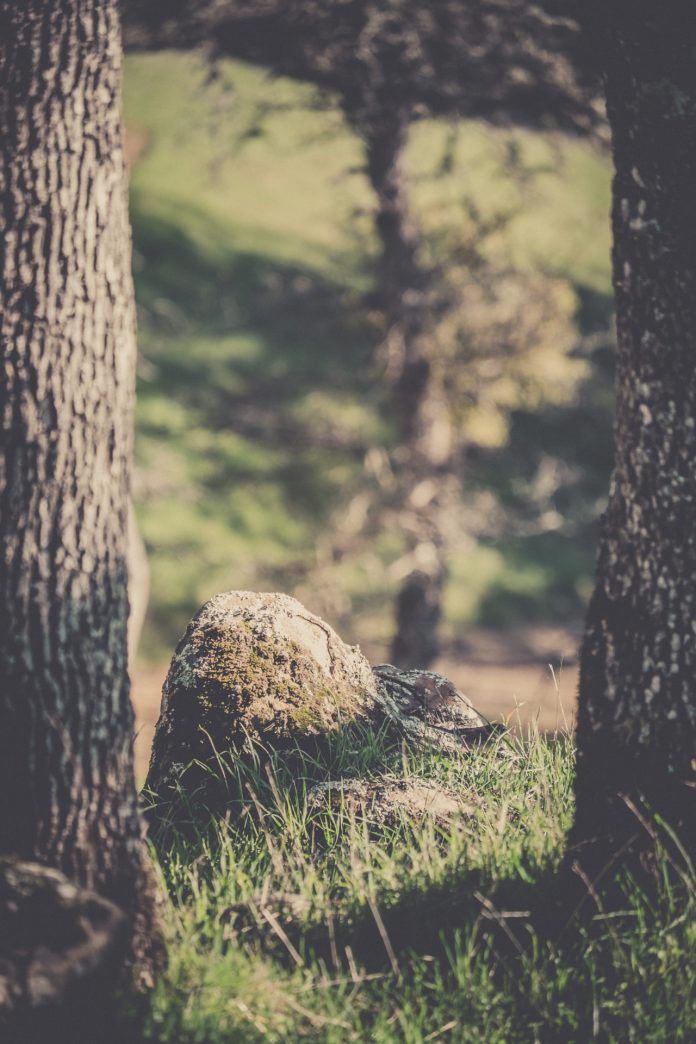Image Classification is one of the most interesting and useful applications of Deep neural networks and Convolutional Neural Networks that enables us to automate the task of assembling similar images and arranging data without the supervision of real humans.
Cat & Dog Classification using Convolutional Neural Network in Python
In this article, we will learn how to build a classifier using a simple Convolution Neural Network which can classify the images of dogs and cats.
To get more understanding, follow the steps accordingly.
Importing Libraries
The libraries we will using are :
- Pandas – This library is used to load 2D array format and DataFrames.
- Numpy – It is used to perform large computations in a very short time.
- Matplotlib – This library is used to draw visualizations.
- Sklearn – This module contains multiple libraries having pre-implemented functions to perform tasks from data preprocessing to model development and evaluation.
- OpenCV – This is an open-source library mainly focused on image processing and handling.
- Tensorflow – This is an open-source library that is used for Machine Learning and Artificial intelligence and provides a range of functions to achieve complex functionalities with single lines of code.
Python3
import matplotlib.pyplot as plt import tensorflow as tf import pandas as pd import numpy as np import warnings warnings.filterwarnings('ignore') from tensorflow import keras from keras import layers from tensorflow.keras.models import Sequential from tensorflow.keras.layers import Activation, Dropout, Flatten, Dense from tensorflow.keras.layers import Conv2D, MaxPooling2D from tensorflow.keras.utils import image_dataset_from_directory from tensorflow.keras.preprocessing.image import ImageDataGenerator, load_img from tensorflow.keras.preprocessing import image_dataset_from_directory import os import matplotlib.image as mpimg |
Importing Dataset
The dataset is in the format of a zip file containing 2 folders : Cats and Dogs. Further each folder contains 12500 images of respective animals.
So to import and then unzip it, you can run the below code.
Python3
from zipfile import ZipFile data_path = 'dog-vs-cat-classification.zip' with ZipFile(data_path, 'r') as zip: zip.extractall() print('The data set has been extracted.') |
Data Visualization
In this section, we will try to understand visualize some images which have been provided to us to build the classifier for each class.
Python3
path = 'dog-vs-cat-classification'classes = os.listdir(path) classes |
['cats', 'dogs']
This shows that, there are two classes that we have here i.e. Cat and Dog.
Python3
fig = plt.gcf() fig.set_size_inches(16, 16) cat_dir = os.path.join('dog-vs-cat-classification/cats') dog_dir = os.path.join('dog-vs-cat-classification/dogs') cat_names = os.listdir(cat_dir) dog_names = os.listdir(dog_dir) pic_index = 210 cat_images = [os.path.join(cat_dir, fname) for fname in cat_names[pic_index-8:pic_index]] dog_images = [os.path.join(dog_dir, fname) for fname in dog_names[pic_index-8:pic_index]] for i, img_path in enumerate(cat_images + dog_images): sp = plt.subplot(4, 4, i+1) sp.axis('Off') img = mpimg.imread(img_path) plt.imshow(img) plt.show() |
Output :

Data Preparation for Training
In this section, we will classify the dataset into train and validation format.
Python3
base_dir = 'dog-vs-cat-classification' # Create datasets train_datagen = image_dataset_from_directory(base_dir, image_size=(200,200), subset='training', seed = 1, validation_split=0.1, batch_size= 32) test_datagen = image_dataset_from_directory(base_dir, image_size=(200,200), subset='validation', seed = 1, validation_split=0.1, batch_size= 32) |
Output :
Found 25000 files belonging to 2 classes. Using 22500 files for training. Found 25000 files belonging to 2 classes. Using 2500 files for validation.
Model Architecture
The model will contain the following Layers:
- Four Convolutional Layers followed by MaxPooling Layers.
- The Flatten layer to flatten the output of the convolutional layer.
- Then we will have three fully connected layers followed by the output of the flattened layer.
- We have included some BatchNormalization layers to enable stable and fast training and a Dropout layer before the final layer to avoid any possibility of overfitting.
- The final layer is the output layer which has the activation function sigmoid to classify the results into two classes.
Python3
model = tf.keras.models.Sequential([ layers.Conv2D(32, (3, 3), activation='relu', input_shape=(200, 200, 3)), layers.MaxPooling2D(2, 2), layers.Conv2D(64, (3, 3), activation='relu'), layers.MaxPooling2D(2, 2), layers.Conv2D(64, (3, 3), activation='relu'), layers.MaxPooling2D(2, 2), layers.Conv2D(64, (3, 3), activation='relu'), layers.MaxPooling2D(2, 2), layers.Flatten(), layers.Dense(512, activation='relu'), layers.BatchNormalization(), layers.Dense(512, activation='relu'), layers.Dropout(0.1), layers.BatchNormalization(), layers.Dense(512, activation='relu'), layers.Dropout(0.2), layers.BatchNormalization(), layers.Dense(1, activation='sigmoid') ]) |
Let’s print the summary of the model’s architecture:
Python3
model.summary() |
Output :

The input image we have taken initially resized into 200 X 200. And later it transformed into the binary classification value. To understand the huge number of parameters and complexity of the model which helps us to achieve a high-performance model let’s see the plot_model.
Python3
keras.utils.plot_model( model, show_shapes=True, show_dtype=True, show_layer_activations=True) |
Output :

Python3
model.compile( loss='binary_crossentropy', optimizer='adam', metrics=['accuracy'] ) |
Model Training
Now we will train our model, the model is working fine on epochs = 10, but you can perform hyperparameter tuning for better results.
Python3
history = model.fit(train_datagen, epochs=10, validation_data=test_datagen) |
Output :

Model Evaluation
Let’s visualize the training and validation accuracy with each epoch.
Python3
history_df = pd.DataFrame(history.history) history_df.loc[:, ['loss', 'val_loss']].plot() history_df.loc[:, ['accuracy', 'val_accuracy']].plot() plt.show() |
Output :

Model Testing and Prediction
Let’s check the model for random images.
Python3
from keras.preprocessing import image #Input image test_image = image.load_img('1.jpg',target_size=(200,200)) #For show image plt.imshow(test_image) test_image = image.img_to_array(test_image) test_image = np.expand_dims(test_image,axis=0) # Result array result = model.predict(test_image) #Mapping result array with the main name list i=0if(result>=0.5): print("Dog") else: print("Cat") |
Output :

Python3
test_image = image.load_img('test/2.jpg', target_size=(200, 200)) # For show image plt.imshow(test_image) test_image = image.img_to_array(test_image) test_image = np.expand_dims(test_image, axis=0) # Result array result = model.predict(test_image) # Mapping result array with the main name list i = 0if(result >= 0.5): print("Dog") else: print("Cat") |
Output:

Conclusion :
Once you understand the concept of Image Classification, now you can try different classification like Lung Cancer Detection using CNN.
For better performance, we can use Transfer Learning and perform hyperparameter tuning.




